Need advice for a make-up air system for vent hood
pier0261
7 years ago
Featured Answer
Sort by:Oldest
Comments (10)
cpartist
7 years agoRelated Discussions
Kitchen hood make-up air advice needed
Comments (1)Writing in generalities, one approach is to provide MUA to the furnaces so they don't get back drafted from negative house pressure. In some cases this can be done by tailor made or factory made hardware directly to the furnaces. In other cases the furnace room would be sealed from having an air path to the kitchen. If possible, which depends on heating type, this would address the safety issue. The VAH flow rate then would be determined by how negative the house pressure got with whatever leakage the house and air conditioning has. A kitchen MUA could then be added if necessary to get good hood flow. You may want to condition this air. This is the bigger bucks part of the problem. Either furnace hot water has to be diverted to a heat exchanger in the air path (if the heating is hydronic), or electric resistance coils used in the airflow. Adding another furnace for the occasions of high vent flow is overkill because, unlike a restaurant, the periods of high flow would be a small part of a day. The kitchen MUA has another issue -- normally one wants to filter out critters and bugs and even dust from the air duct, and this causes a pressure drop. In such a case the MUA will not be making up as much air as desired unless a blower is added to the MUA path. Now there has to be a scheme for controlling the blower. However, if not conditioning or filtering the air is acceptable, then a large duct to a diffuser with a damper controlled by detecting hood air flow is a simple, low-cost solution. Broan makes a unit for this, or DIY using one of many Honeywell motor controlled dampers is an option. I suggest reading or at least skimming the literature linked at my "my clipings" page. In particular, Greenheck covers the topic well, albeit from a commercial point of view. But the commercial POV is the one that led to the Pro-style ranges and counterpart ventilation systems we are addressing with MUA. Last, while I think HVAC solutions other than another furnace are options, the more DIY one gets solving MUA the more one is trading one's time versus paying for a slightly more expensive turn-key system. But at the 10K price point, even with a hands-off goal, I would look for other bids/approaches including HVAC companies concentrating on restaurant HVAC systems. kas...See MoreNeed help figuring out a make-up air system to install
Comments (4)Your builder is supposed to know. Contract the hood to a COMMERCIAL installer and they will make sure system is right. My experience with commercial kitchens has been that make up air is provided intergal to vent-a-hood. There is no reason for tempering air in the comfort system when air can be drawn in ajacent to range. Hopefully that answer's your question,here's mine. Are you acting as your own GC? If you are and haven't started yet you should reconsider because there will be far rougher roads ahead concurning the build. If you have a GC and haven't started,hire a new GC....See MoreMake up air vent location for range hood?
Comments (16)In order to begin to understand it, you would need to buy ANSI Z21.1 for about $650. There is some very technical engineering, even though it doesn't look like it, in the ventilation between walls of the oven and cooktop sides that ensures that the cabinets up against the range will not get hotter than 194°F. If you block the airflow by lowering the range (some people try modifying the feet for thin countertops that make them less than 36" tall), or putting ducts in for MUA, the outside wall of the range will get hotter. If you force that much extra air through the range, (push or pull) you change the way the gas burns, and create CO problems. Even if you can adjust the air shutters to compensate, you would then have to turn on the entire system just to make a pot of tea, in order to get enough air to get a clean burn. With holes in the floor or back wall, the natural draft intended/engineered to cool the outer walls of the range can be disrupted or diverted, leaving the heat to build up around the range - nothing to do with heat in other areas of the home. What can't tolerate more heat than the wood cabinets around the range? Another separate reason for no holes is the possibility of a gas leak. How much gas do you think that duct will hold, just waiting for someone to create a spark? The testing standards do not say no holes "unless someone thinks of some unusual excuse"....See MoreVent Hood Duct: Size, Gauges, Material, and Make-Up Air
Comments (20)"The manufacturers of Vent Hoods are miseducating the consumers." Yes. Somewhat. Not really. They are in business to make money and they do that by making hoods as inexpensively as possible and then selling as many as they can for as much money as they can. Their goal is NOT your health or the IAQ of your home - that is up to you. Telling consumers that they'll also need to spend money on MUA if they buy hood X will negatively impact their sales (ignorant consumer will just go buy a hood from brand Y instead because it doesn't say you need MUA even though it has an identical need for MUA) so they do not want to do that. MUA is also not something that fits well within consumer hood manufacturers world except to the extent that they might offer a hood w/ integrated front curtain ducting. It is much more of a pure HVAC thing. It can be supplied to the return ducts of an HVAC system, the supply ducts or ducted directly to appropriate locations. Incoming air can be heated by gas, electric or hydronic. Incoming air may need to be humidified or dehumidified. It often needs to be electrically integrated with the HVAC system controllers to function properly. Consumer hood manufacturers - ARE NOT IAQ or HVAC people or engineers - they make something decorative that by nature must include air movement so they reluctantly include air movement in their product. Commercial hood manufacturers - ARE IAQ and HVAC people and engineers. Their customers are much more educated than consumers. The one singular purpose of the product they are selling is IAQ - so they design and sell systems that provide good IAQ. Aesthetics is quite secondary for them. Residential HVAC companies in the U.S. - ARE NOT IAQ people (they should be though). A tiny few, less than about 1%, know it well and a few more know it a very little but the vast majority know just enough, based on what they've been told at a 4 hr CEU course, to sound like they know what they're talking about but they don't really understand it. Most residential HVAC people do not understand air movement or why things are done the way they are - they only know how to use tables that tell them to do this or that and as soon as something is outside of defined parameters they're totally lost (though sometimes don't even realize that they're lost). Licensed Professional Engineers do (or most do, some don't) understand air movement and other elements. They are the people who create the tables that HVAC people use. They can think independently. Defined parameters for them are not tables but the physics of air - it's movement, temperature and components. Unfortunately, most U.S. engineers do not have a good understanding of human physiology (except perhaps for biomedical engineers). They do not, for instance, understand how CO2 functions in our bodies and how high levels of CO2 due to poor ventilation affect us. Or how poor ventilation resulting in high levels of VOC's, PM, Carcinogens and Pathogens affect us....See Morebyrd746
7 years agoUser
7 years agolast modified: 7 years agobyrd746
7 years agoUser
7 years agolast modified: 7 years ago
Related Stories

HEALTHY HOMEA Guide to Indoor Air Purifiers
Get the lowdown on air filtration systems for your house and the important ratings to look out for
Full Story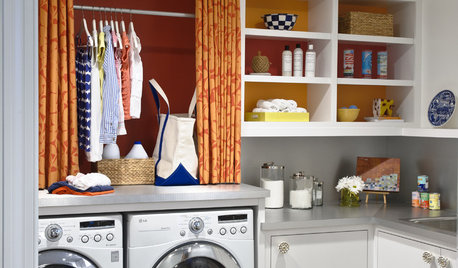
REMODELING GUIDESContractor Tips: Advice for Laundry Room Design
Thinking ahead when installing or moving a washer and dryer can prevent frustration and damage down the road
Full Story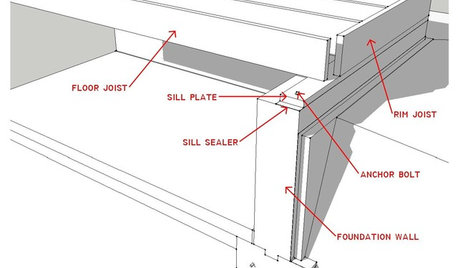
KNOW YOUR HOUSEKnow Your House: What Makes Up a Floor Structure
Avoid cracks, squeaks and defects in your home's flooring by understanding the components — diagrams included
Full Story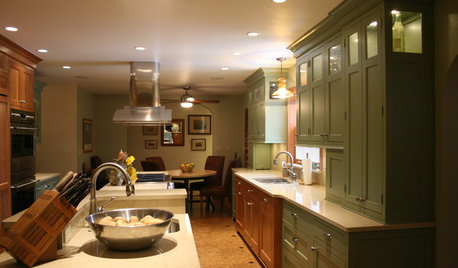
KITCHEN DESIGNSmart Investments in Kitchen Cabinetry — a Realtor's Advice
Get expert info on what cabinet features are worth the money, for both you and potential buyers of your home
Full Story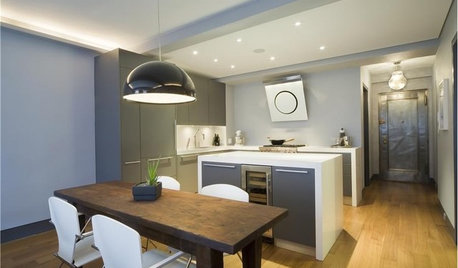
KITCHEN DESIGNHow to Choose the Right Hood Fan for Your Kitchen
Keep your kitchen clean and your home's air fresh by understanding all the options for ventilating via a hood fan
Full Story
DECORATING GUIDES10 Design Tips Learned From the Worst Advice Ever
If these Houzzers’ tales don’t bolster the courage of your design convictions, nothing will
Full Story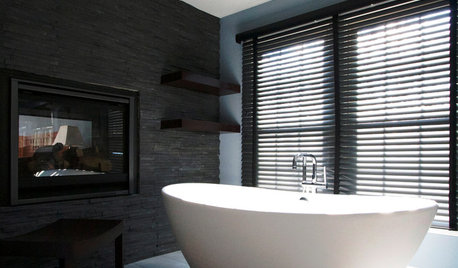
BATHROOM DESIGNDreaming of a Spa Tub at Home? Read This Pro Advice First
Before you float away on visions of jets and bubbles and the steamiest water around, consider these very real spa tub issues
Full Story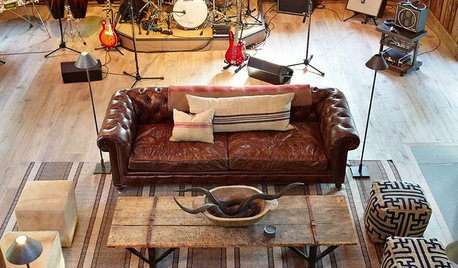
THE ART OF ARCHITECTURESound Advice for Designing a Home Music Studio
How to unleash your inner guitar hero without antagonizing the neighbors
Full Story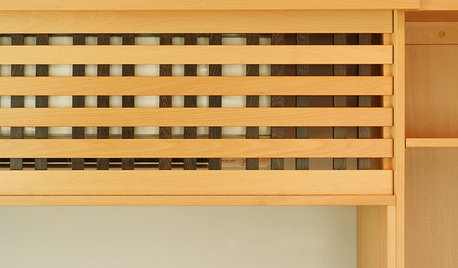
DECORATING GUIDES10 Ways to Hide That Air Conditioner
Feeling boxed in designing around your mini-split air conditioner? Try one of these clever disguises and distractions
Full Story
MOST POPULARSo You Say: 30 Design Mistakes You Should Never Make
Drop the paint can, step away from the brick and read this remodeling advice from people who’ve been there
Full Story


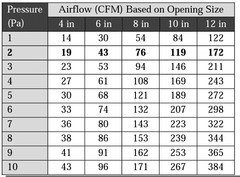
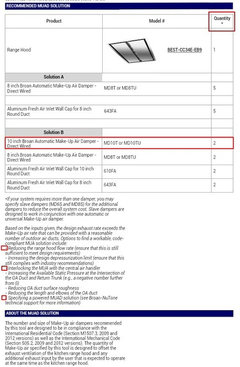
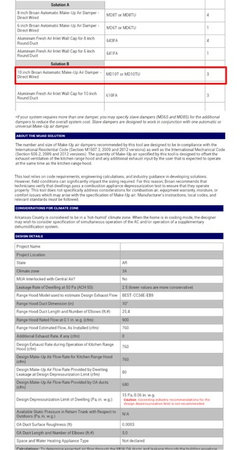

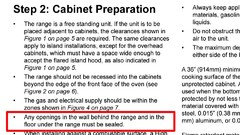
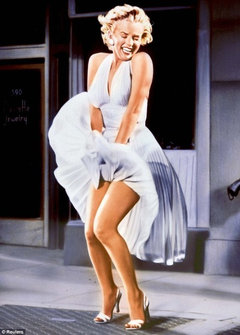
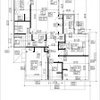


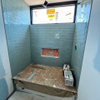
User